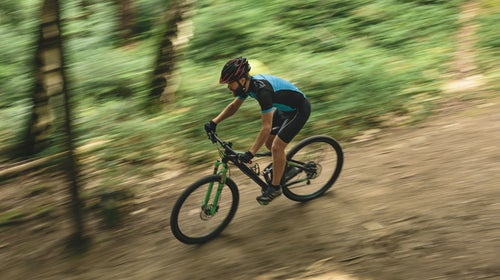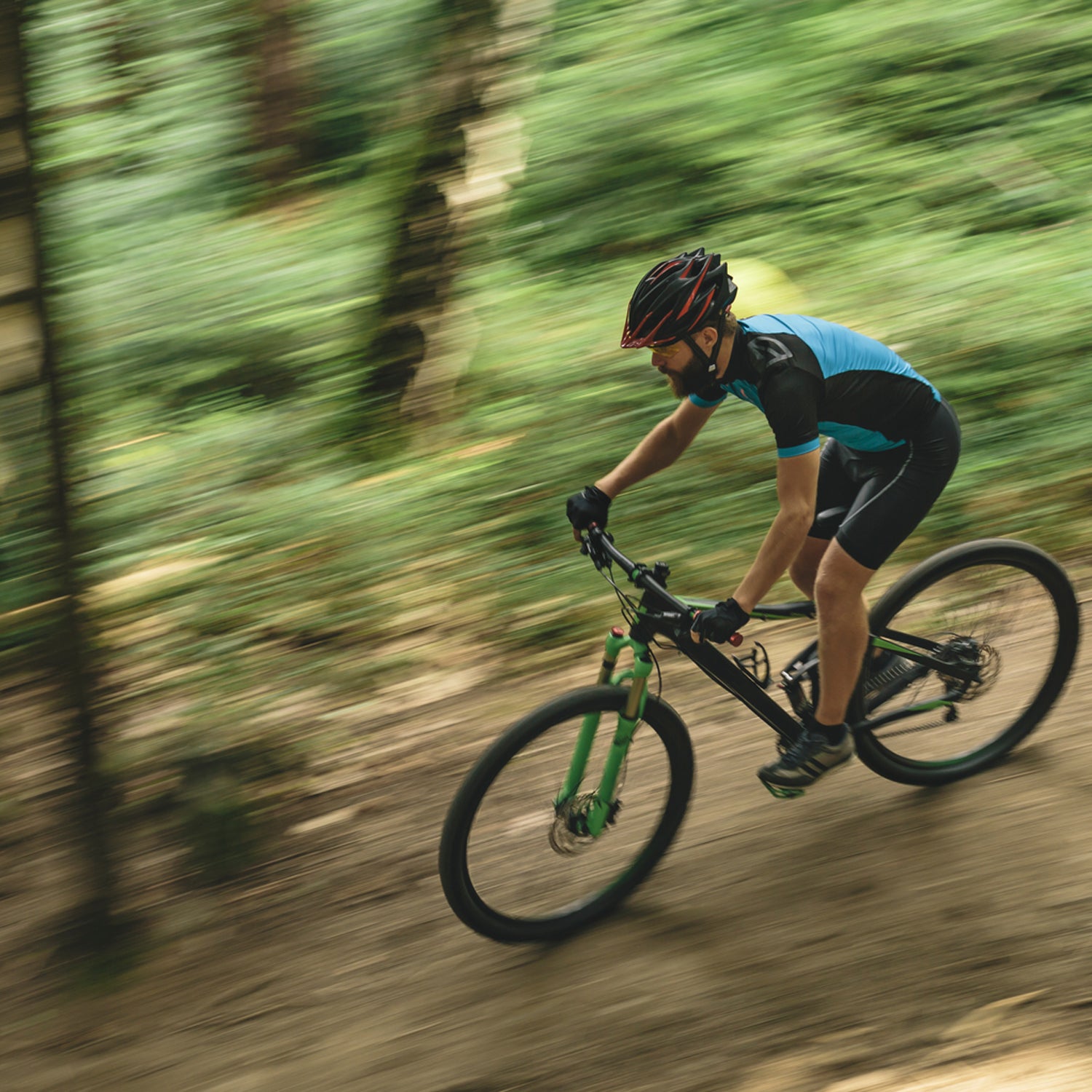With the rise of carbon super bikes as expensive as cars, it’s easy to feel like mountain biking has become the sport of the .001 percent. Yet there are bargains to be had if you look hard enough and in the right places. For the best deal, you can’t beat buying used. There’s always eBay, but demo bikes at your local bike shop are the more reliable way to go, as they're��sure to be in good shape and you’ll have started a��relationship with the mechanics for follow-up maintenance.��
If you’re set on buying new, consider last year’s closeouts or look for lower-tier bikes from reputable manufactures that benefit from all their R&D. Even highly affordable bikes are still high-quality pieces of engineering these days.
What follows are my suggestions for the best new beginner bike and accompanying kit. I’ve also listed some upgrades you can make down the road.
The Essentials
Bike
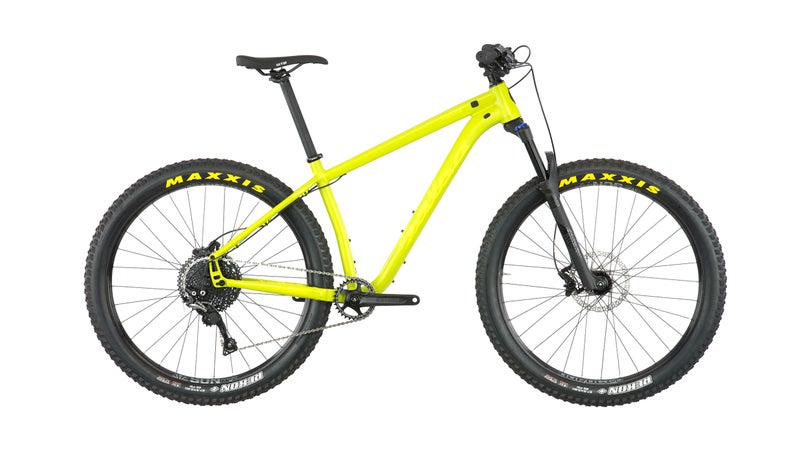
The choices you’ll face when choosing a bike are overwhelming. Cross country or trail bike? 27.5- or 29-inch wheels? Standard or plus-size tires? And many of these options come down to preferred terrain and riding style.
For starting out, though, I think most people in most places will be best served by a simple, high-quality, alloy bike like the ($1,700), which has a mid-length 120mm Rock Shox suspension fork to take the edge off the rough terrain and 2.8-inch tires (a.k.a plus-size) that increase stability, traction, and compliance by virtue of their girth and the lower pressures that allows. Salsa crafts an excellent bike for the money, and the mix of Shimano SLX parts and other nice bits and pieces (think: WTB saddle, Maxxis tires) ensures you won’t be left with a broken-down piece of junk after a few months of riding.
This isn’t just a starter bike that you’ll outgrow quickly, either. Even after years of riding and racing on hundreds of bikes, I’d happily shred the Timberjack as my primary ride.
Helmet
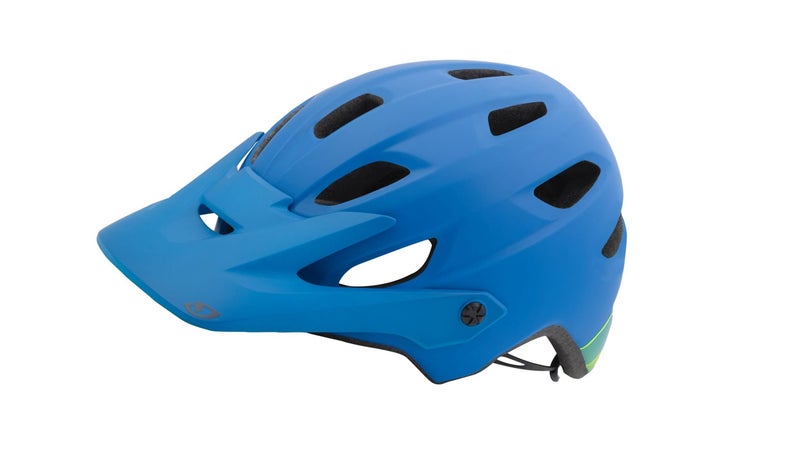
There are cheaper helmets, but safety is no place to scrimp. And the helmet ($100) packs top-shelf technology and high-end looks into a moderately priced lid. The extended back and sides provide the fullest coverage you can get without a full-face helmet (favored by downhill racers), and the breakaway plastic shell on the interior (the MIPS technology) counteracts rotational forces in case of a crash. The huge, swiveling visor is good for blocking sun and accommodates goggles if you ever go that route.
Mostly, though, I have found that Giro has the broadest and most forgiving fit, meaning that almost anyone will feel good wearing the Chronicle.
Lights
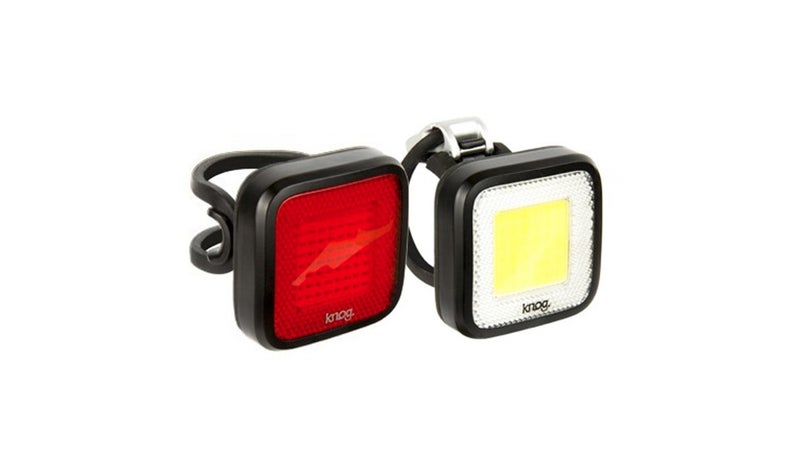
Even if you never intend to ride on the road or after dark, the third thing you must buy is a bright, reliable light set like the ($85). Shit goes wrong, tires go flat, rides go long, and you might just end up needing a bit of light to get to your car. Or, God forbid, you��even��end up on the pavement after dark.
The 80 lumens on the white, front light is enough to let you limp home in case of emergency, and the 44-lumen taillight will keep you visible for up to three-quarters of a mile. These cube lights also have a wide, 120-degree throw so cars can see you from the sides as well. Get them even if you never have to use them—they might just save your life. And if you are super strapped on cash, at least spring for the solo ��($45).
Gloves
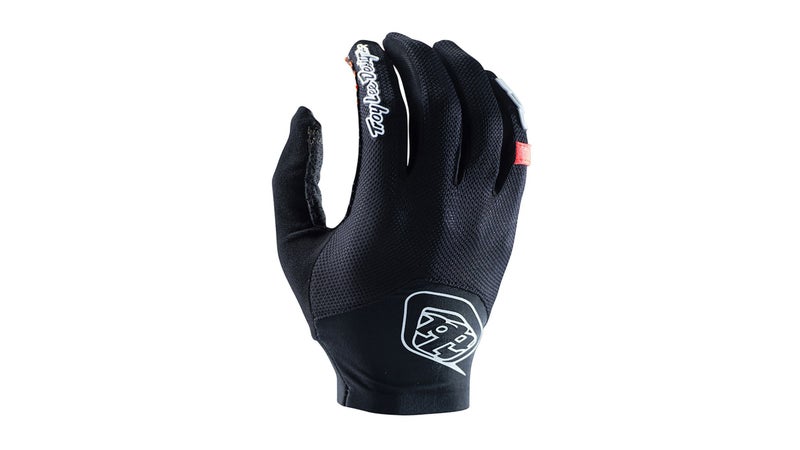
Don’t believe the pro-road, bare-hands posturing: gloves aren’t optional. Mountain bike trails are rough, you will get blisters and calluses, and if you go down in the rocks or cactus (and you will eventually), you’ll appreciate something over your skin. You don’t need anything fancy or convoluted. The ($36), with a mesh back, leather palm, simple elastic cuff, and soft wipe for your nose, are lightweight and plenty thick enough to keep you from skinning up your palms. They’re even touch-screen compatible.
Water Bottles
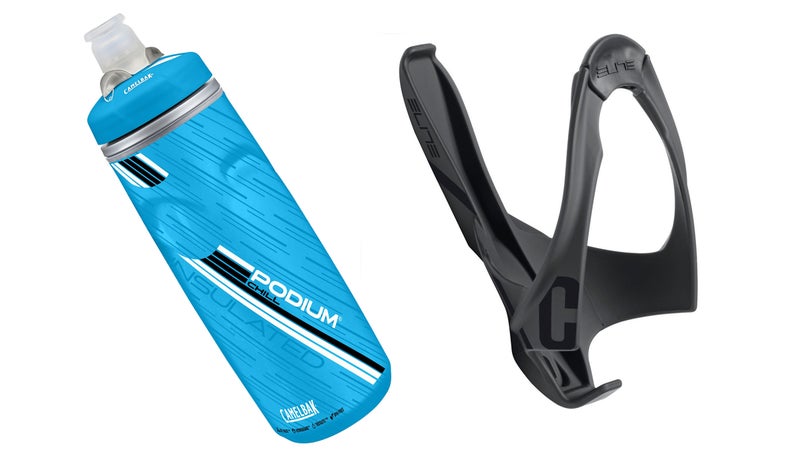
At some point you may want to invest in a hydration pack, but as you start, rides will be short enough that you won’t need the volume or extra weight.��I’d buy one or two of the ($20), which are light and tough and make it easy to grab a drink from either side, and Podium Chill ($13), which keep fluids cold for an hour or two.��
Fix Kit
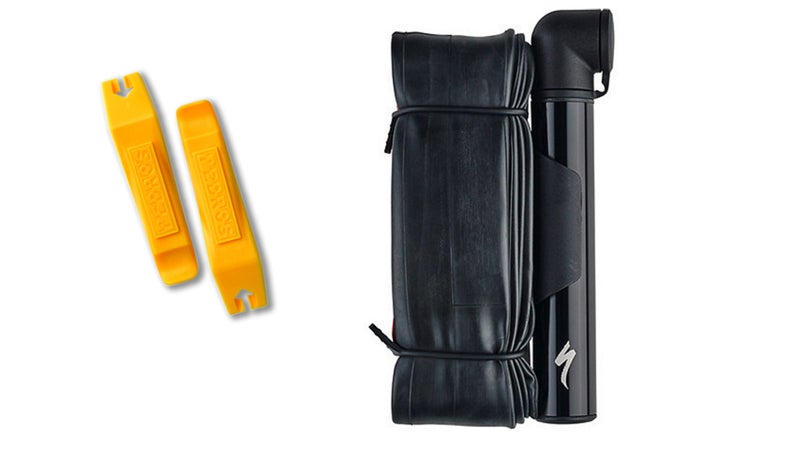
The only other necessity is a fix kit in case you flat. The ($25) mounts on a nylon frame that holds a spare tube (sold separately) and ($5, sold separately), which means you’ll have everything you need if things go wrong in the field. If a cactus spine gets you, pull out the valve stem, throw in the new tube, air it up, and you’re good to go. There’s a frame mount (also sold separately), which works with some bike designs, but, if not, the whole setup will fit in a pocket.
The Upgrades
Padded Shorts
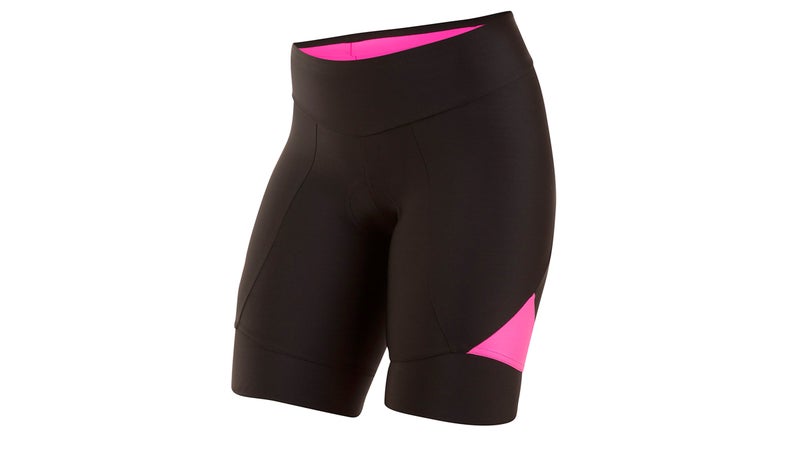
The longer you spend pedaling, the more uncomfortable you will be sitting on that leather torpedo of a saddle. You could get a fatter, softer seat, but the long-term solution is a pair of padded shorts. And while you could spend a third of the cost of your new Salsa on shorts if you wanted to, don’t. The high-end stuff is great if you are going to be riding hours and hours, day after day. But for a couple hours a day, a few times a week, the ($80), with a nice pad, a solid cut, and good materials, is all you need. Some mountain bikers like to put baggy shorts over top; some do not. If you are on a budget, get these, then��throw your favorite gym or outdoor shorts over top. Money saved, comfort added.
Clipless Pedals
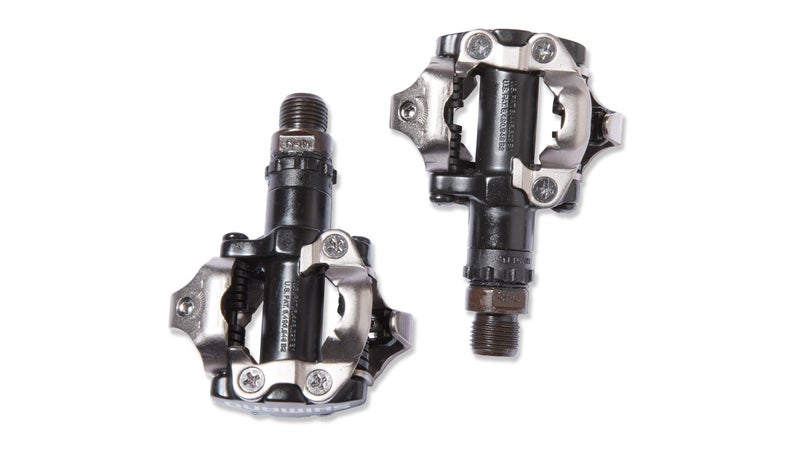
Learning to mountain bike can be easier on a pair of flat pedals because you can move around, find your position, and not fall over if you can’t unclip your cleats. (Your bike shop will likely give you a cheap pair when you buy the bike.) Still, at some point you might want to switch to clipless pedals because there’s an efficiency and synergy with the bike that comes from pedals that lock you into the ride. Shimano has the most widespread and reliable design, and the ($45) use the same tensionable clipping mechanism as the high-end XTR model for a quarter of the price. Basically, these are heavier and not as beautiful, but they work just fine.
Clipless Shoes
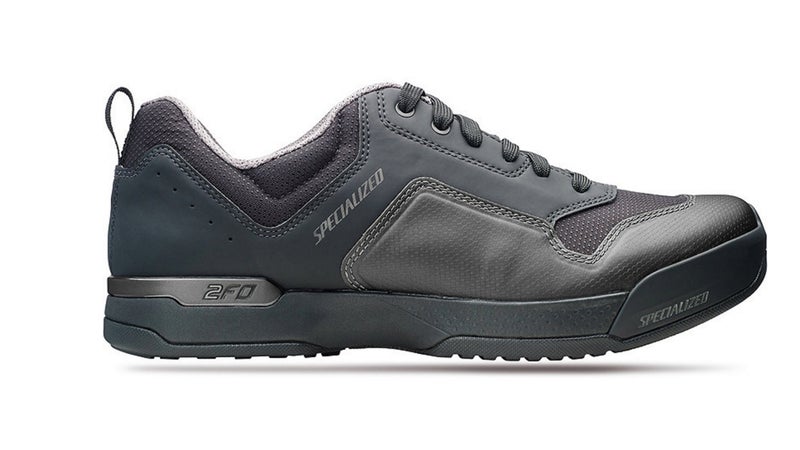
If you get clipless pedals, you need compatible clipless shoes. There are cheaper options, but, if they fit, I would splurge for the ($120). For one, they look and feel like a sneaker, but they are stiff enough to provide the support you need for pedaling. Having ridden in pretty much every brand of cycling shoe on the market, I can say that I always come back to Specialized because the fit is dialed and the anatomics are researched and optimized, ensuring you pedal in the right position and don’t get knee pain or develop other alignment problems.
Dropper Post
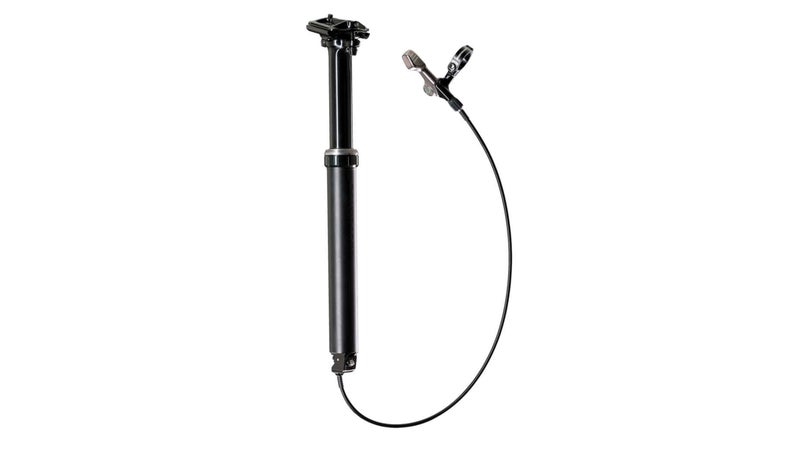
If I could pick a single piece of equipment that has most transformed the mountain biking experience in the last decade, it would be the adjustable-height seat post—also known as a dropper. These posts adjust to your saddle height, but then, when the trail gets tough, they can be pushed down five or six inches on the fly, which gets your seat out of your way while you maneuver the bike through technical spots. It’s difficult to express how big a difference this makes until you try it.
The only problem is that many of the dropper designs are expensive and extremely finicky. If you want to try a dropper, I’d recommend the ($300), which is one of the most affordable, adjusts infinitely in its travel range, and has racked up a solid reliability score since it launched last year. This shouldn’t be the first thing you buy—though I do believe they should be as standard on mountain bikes as airbags on cars (hear me, Salsa?). But if you plan to continue riding, do yourself a favor and spend the money on a dropper. The cost will be negligible relative to the surge in your ability and the fun you have.��
